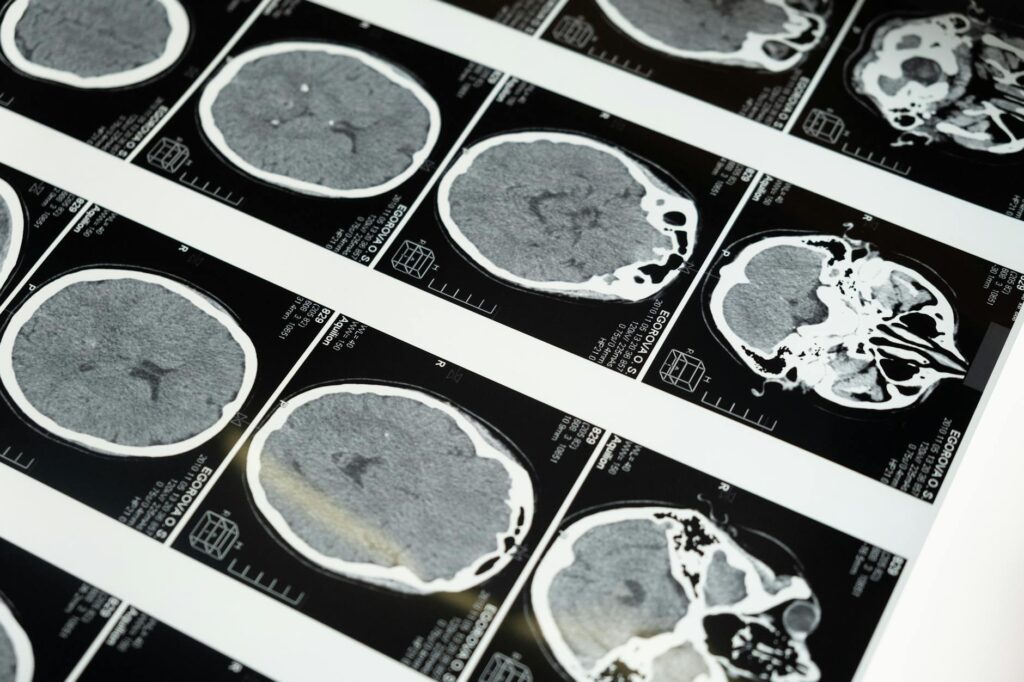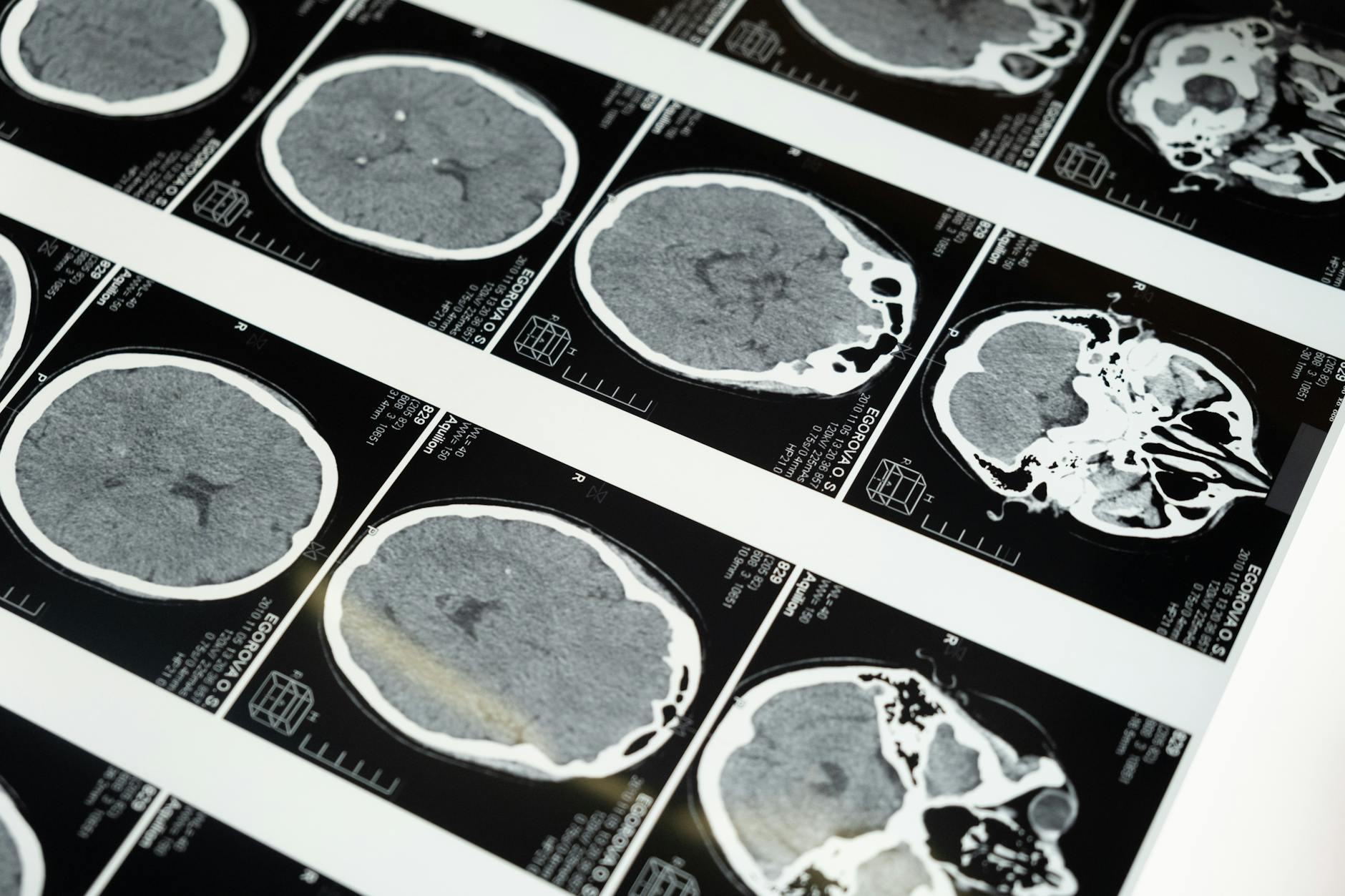What is brain imaging?

What is brain imaging?
Brain imaging is a fascinating field that helps us understand the intricate workings of the human mind. With the ability to visualize the brain’s structure and function, researchers and clinicians can unlock mysteries that lie deep within our heads. This technology has become crucial not only in neuroscience but also in various aspects of medicine, psychology, and even personal development.
What is Brain Imaging?
Brain imaging refers to a set of techniques designed to visualize the brain’s anatomy and activity. It plays a vital role in neuroscience, offering insights into the brain’s structure, functions, and potential abnormalities.
Definition and Scope
At its core, brain imaging encompasses various methodologies that allow us to capture images of the brain’s internal workings. From examining physical structures to observing how different areas of the brain respond during tasks, these techniques provide invaluable data. For instance, imaging can reveal how the brain processes information, reacts to stimuli, and even adapts over time. Understanding these processes is crucial for advancing knowledge in fields like cognitive neuroscience, psychology, and medicine.
Historical Background
The journey of brain imaging began over a century ago. The first significant breakthrough came in the late 1800s with Wilhelm Roentgen’s discovery of X-rays. This laid the groundwork for further advancements, leading to the development of techniques such as computed tomography (CT) and magnetic resonance imaging (MRI). As technology progressed, researchers began using functional imaging methods to observe the brain in action, helping us comprehend how it responds to various stimuli. For a detailed look into the history of brain imaging techniques, check out this overview of neuroimaging’s history.
Types of Brain Imaging Techniques
There are several key techniques used in brain imaging, each with its unique strengths and applications.
Magnetic Resonance Imaging (MRI)
MRI is a widely used brain imaging technique that utilizes powerful magnets and radio waves to create detailed images of the brain’s structure. It excels in providing high-resolution images, making it particularly useful for detecting tumors, brain injuries, and other structural abnormalities. The non-invasive nature of MRI means no radiation exposure, making it a preferred choice for many clinicians.

Photo by cottonbro studio
Computed Tomography (CT)
CT scans use X-rays to produce cross-sectional images of the brain. They are often preferred in emergency settings due to their speed. While not as detailed as MRI, CT scans can quickly reveal bleeding, tumors, and other critical conditions. They serve as an essential tool for initial assessments in acute scenarios, enabling timely interventions.
Positron Emission Tomography (PET)
PET scans are unique in that they measure metabolic activity in the brain rather than just its structure. By injecting a small amount of radioactive material, PET can visualize how glucose and oxygen are utilized in different brain regions. This technique is particularly valuable in research settings, helping scientists understand brain functions related to memory, emotions, and decision-making.
Functional MRI (fMRI)
fMRI takes brain imaging a step further by measuring brain activity through changes in blood flow. When a specific area of the brain is active, it requires more oxygen, leading to increased blood flow in that region. This allows researchers to observe real-time brain activity during tasks, providing insights into cognitive processes. fMRI has become a cornerstone in cognitive neuroscience, helping to map brain functions related to various activities such as language, movement, and memory.
Applications of Brain Imaging
Brain imaging has a wide array of applications that extend beyond the realm of academic research.
Clinical Diagnostics
One of the most significant applications of brain imaging is in clinical diagnostics. By utilizing techniques like MRI and CT scans, healthcare professionals can identify neurological disorders such as strokes, tumors, and multiple sclerosis. These imaging methods provide critical information that aids in diagnosis and treatment planning. For a deeper understanding of how brain imaging aids in diagnosing neurological conditions, explore this research on neuroimaging’s role.
Research in Neuroscience
Researchers harness the power of brain imaging to explore complex questions about human behavior and brain function. By studying brain activity in response to various tasks, scientists can uncover how the brain processes information and adapts to new experiences. This research is vital for advancing knowledge in cognitive neuroscience and can even inform therapeutic interventions for mental health disorders.
Psychological Studies
Brain imaging has become an indispensable tool in psychology. It allows scientists to examine the neural mechanisms underlying various mental health conditions, such as depression, anxiety, and schizophrenia. By understanding the brain’s role in these disorders, researchers can develop more effective treatments and interventions.
Future of Brain Imaging
As technology continues to advance, the future of brain imaging looks promising, with exciting developments on the horizon.
Advancements in Technology
Emerging technologies, including artificial intelligence, are set to revolutionize brain imaging. New methods may allow for higher resolution images and faster processing times, enabling researchers to observe dynamic changes in brain activity. For insights into how AI is enhancing brain imaging, check out this article on advancing dynamic brain imaging.
Ethical Considerations
As with any technology, ethical dilemmas arise in the field of brain imaging. Issues related to privacy, consent, and the potential misuse of brain data pose significant challenges. As we delve deeper into understanding the brain, it’s crucial to navigate these ethical waters carefully, ensuring that the benefits outweigh the risks.
Conclusion
In summary, brain imaging is a powerful tool that has significantly advanced our understanding of the human brain. With its applications in clinical diagnostics, research, and psychology, brain imaging continues to shine a light on the complexities of our minds. As we look to the future, advancements in technology will undoubtedly enhance our ability to explore the brain’s intricacies. Embracing this knowledge can lead to personal development and improved productivity, helping us harness the full potential of our minds.